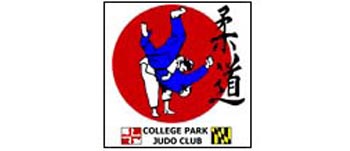
Kata is a valuable training tool in judo. The founder of judo, Jigaro Kano, developed the katas to demonstrate the fundamental principles of judo and to provide a type of training in which students could examine techniques under ideal circumstances. Kata can be thought of, as the grammar of judo and the study of it can only enhance your detailed knowledge of techniques and the principles of judo. A fasinating part about the study of kata, is there is so much to learn and the more knowledge you attain, the more interesting it becomes. “If judo was just about winning competitions and medals, it would be merely a sport. Jigoro Kano envisaged judo as a “michi” (or a way of life). A person well past contesting age, or who indeed has never been interested in the competitive side of judo can, by studying judo kata, find a fulfilling study, both physically and mentally” (Essential Judo Katas 2003).
There are seven main katas
1. Nage-no-Kata (Forms of Throwing)
Three representative techniques are chosen from each of five Nage-wazas: Te-waza, Koshi-waza, Ashi-waza, Ma-sutemi-waza and Yoko-sutemi-waza.
2. Katame-no-Kata (Forms of Grappling or Holding)
Five model techniques are chosen from each of three Katame-wazas: Osaekomi-waza, Shime-waza and Kansetsu-waza.
3. Kime-no-Kata (Forms of Decisive techniques)
This is to learn the techniques for serious combative fight. It consists of the techniques in a kneeling position (Idori, 8 techniques) and in a standing position (Tachiai, 12 techniques).
4. Ju-no-Kata (Forms of Gentleness & Flexibility)
This is an expressive, gymnastic composition of the methods of attack and defense in a series of slow and moderate actions. It consists of three components, Dai-ikkyo (Set 1), Dai-nikyo (Set 2) and Dai-sankyo (Set 3), each of them has five techniques.
5. Kodokan Goshin-jutsu (Forms of Kodokan Self-Defense)
This consists of an “Unarmed section” and a “Weapons section”. The “Unarmed section” consists of twelve techniques while the “Weapons section” consists of nine techniques.
6. Itsutsu-no-Kata (Forms of “Five”)
These forms express the mechanism of attack and defense in an elevated way. It consists of five sequences of movements that artistically express the power of nature.
7. Koshiki-no-Kata (Forms of Classics)
Kano Shihan highly evaluated the forms of Kito-ryu Jujutsu as they represent the essence of attack and defense. Therefore, he left the forms as Kodokan Koshiki-no-Kata, with little changes. It consists of 14 Omote (front) techniques and 7 Ura (back) techniques.






Copyright© 2020 Hui-O-Judo Beltsville, All Rights Reserved | Powered by Webpristine Technology